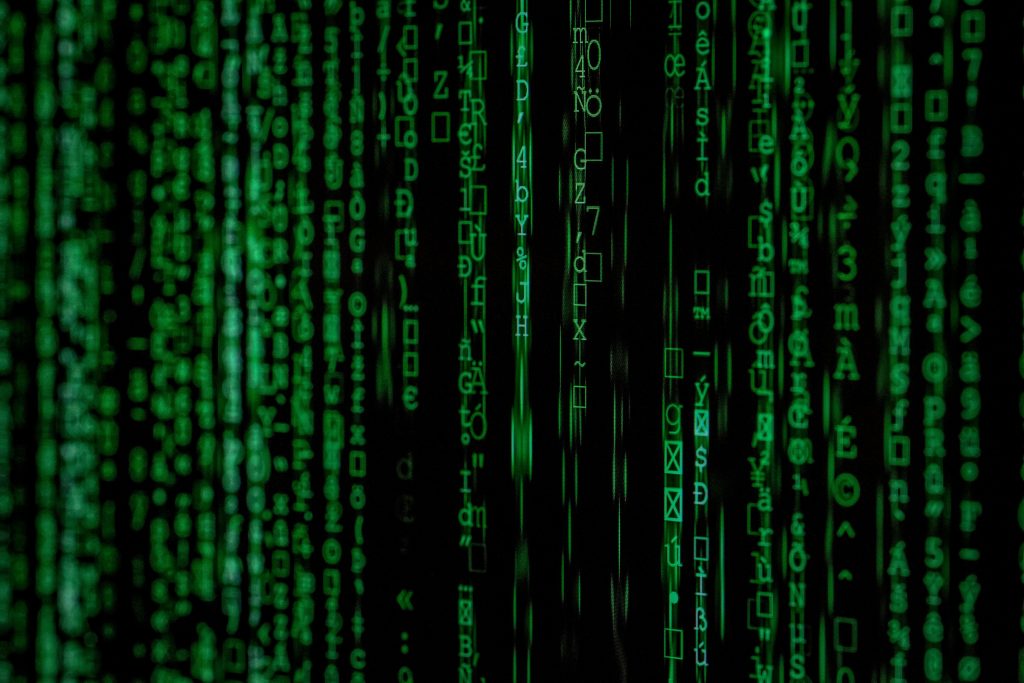Resolving the “Trojan:HTML/CryptoStealBTC” Malware Issue: A Step-by-Step Guide
Encountering malware on your device can be a frustrating experience, especially when traditional antivirus solutions fail to remove it. One such malware that has recently come to light is the “Trojan:HTML/CryptoStealBTC.” If you’ve found yourself struggling to eliminate this persistent threat, you’re not alone. Many users have reported similar issues with this form of malware. In this guide, we’ll provide you with steps to help you combat this situation effectively.
Understanding the Threat
The “Trojan:HTML/CryptoStealBTC” is designed to compromise your security and can potentially steal your cryptocurrency or sensitive information. Its location within your system—specifically in the Steam application cache—can make it tricky to detect and remove with standard malware scanning tools.
Step-by-Step Removal Process
1. Boot in Safe Mode
Before launching into scans, start your computer in Safe Mode. This can help by preventing the malware from actively running while you attempt to remove it. To initiate Safe Mode:
- Restart your computer.
- As it boots, press
F8(or holdShift+F8) until the advanced boot options menu appears. - Select “Safe Mode with Networking.”
2. Use Windows Defender Again
While you’ve mentioned that Windows Defender has not been successful in removing the malware, it’s crucial to ensure the definitions are up-to-date. Run a full system scan after updating:
- Open Windows Defender Security Center.
- Navigate to “Virus & threat protection.”
- Ensure that the latest updates are installed, and perform a full scan.
3. Try Alternative Malware Removal Tools
Since some users have reported that Malwarebytes and AVG weren’t able to detect the threat, consider using other reputable malware removal tools. Some popular options include:
- Malwarebytes: Ensure it is fully updated before scanning.
- Bitdefender: Known for its robust detection rates.
- Kaspersky Security Scan: Offers a free on-demand scan.
4. Manually Remove Infected Files
If the scans continue to report the threat, you may need to manually delete the infected files. Based on your report, the offending files are located in:
`C:\users\user\appdata\local\steam\htmlcache\code cache\js\319515f339baa15f
Share this content:



